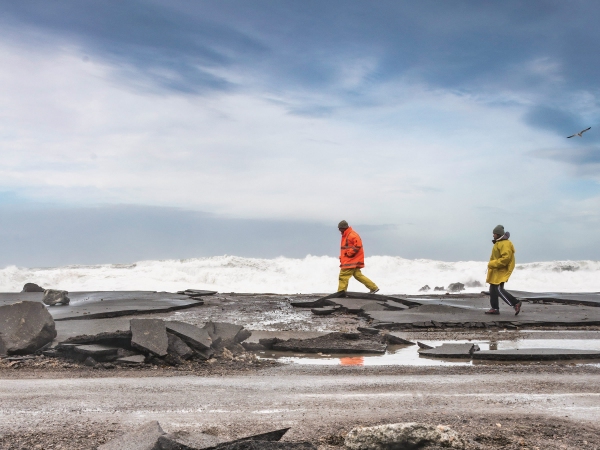10 October 2018
The October 2018 edition of NIWA's flagship publication, Water & Atmosphere.
This edition of Water & Atmosphere is also available as a PDF document - Water & Atmosphere 21, October 2018 [PDF 3.6MB].
In this issue
-
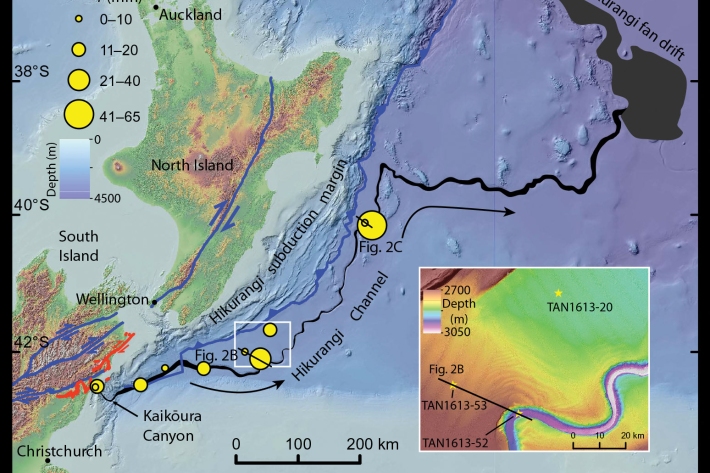
Kaikōura earthquake provides world-first insight into submarine canyons
Research conducted after the 2016, 7.8 magnitude Kaikōura earthquake has provided scientists with an extremely rare opportunity to understand the processes that shape submarine canyons. -
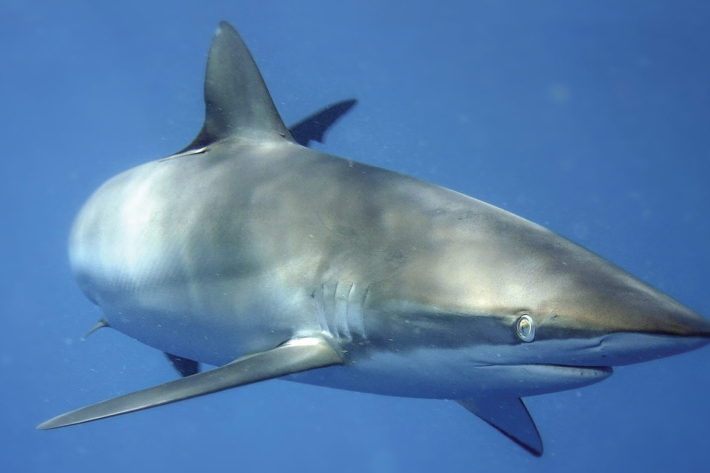
Shark survival tale
As part of a Pacific-wide study, NIWA is measuring the survival rate of sharks returned to the sea by commercial tuna fishers. -
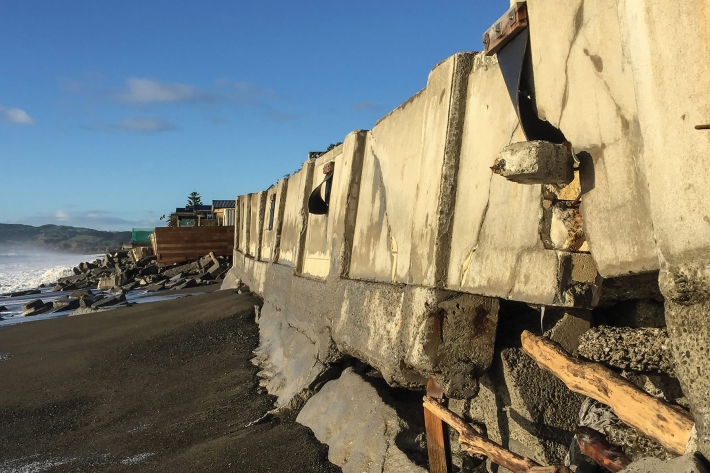
A say on the sea shore
Coastal communities around New Zealand are getting a say on how to respond to sea-level rise, and NIWA is helping them. -
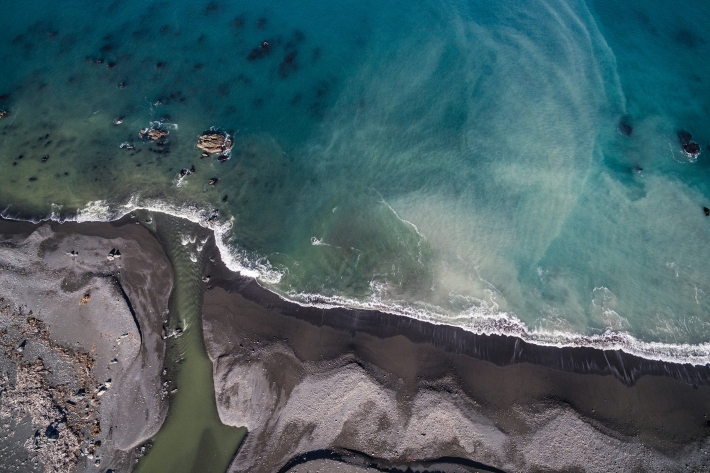
Reducing sedimentation
New Zealand is a land of erosion. We’re losing about 192 million tonnes of soil a year, according to the latest report Our Land 2018, from the Ministry for the Environment and Statistics NZ. -

Fieldays - farming for the future
Farmers visiting Fieldays at Mystery Creek in June could not have missed the take-home message: that science and innovation are key to their continued success. -
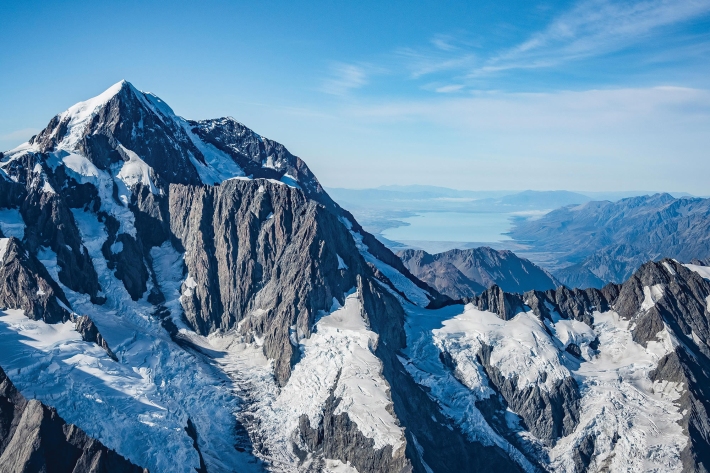
NIWA 2018 glacier survey
What happens when the contribution from seasonal snow and ice melt changes in a warmer world? -
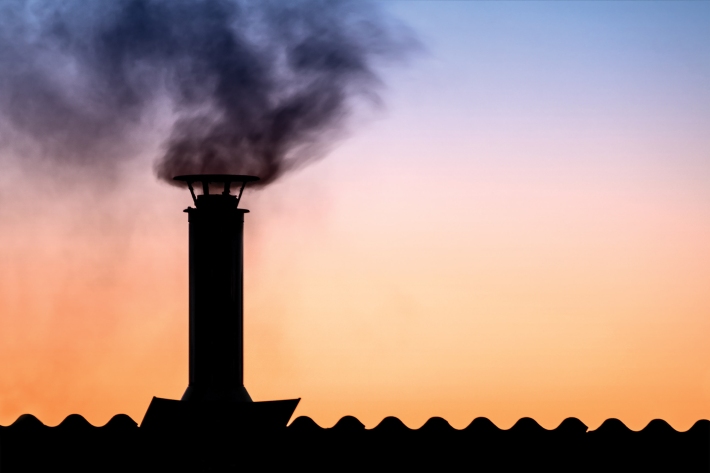
Burning wood - not as cosy as it seems
As temperatures drop over winter months, many Kiwis turn to their fireplaces to heat their homes. However, most of us are not fully aware of the immense impact that wood burning can have on people and the environment. -
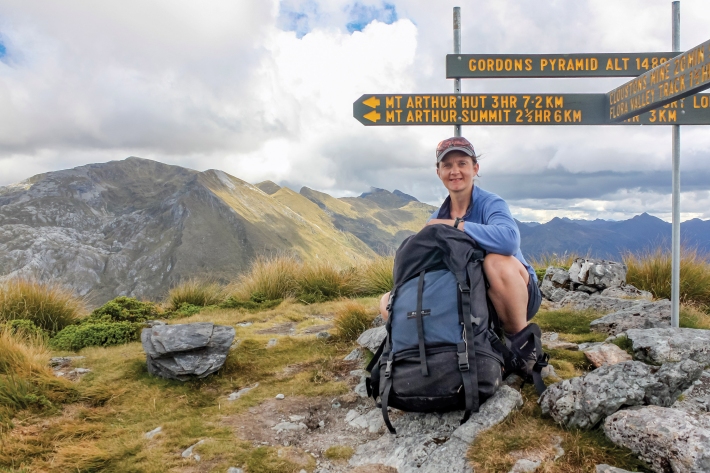
Profile: Juliet Milne - a different point of view
As a child growing up in Dunedin, Juliet Milne was always a sporty, “outdoorsy” type. -
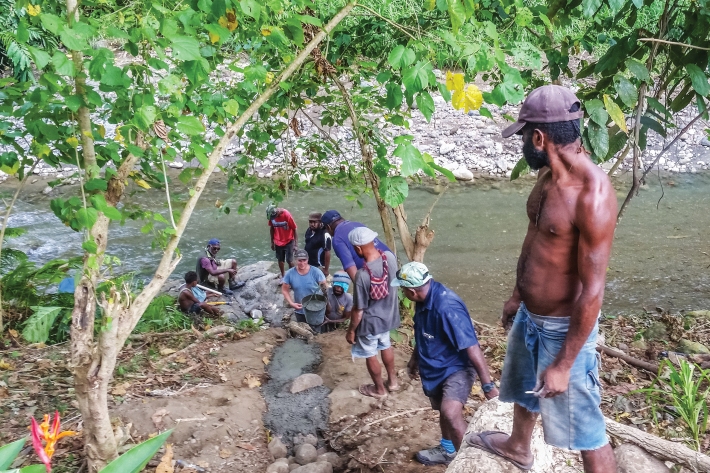
Solutions: Early warning of PNG floods
NIWA has completed a project that aims to help build community resilience against flooding in the Bumbu River and contribute to improving Papua New Guinea’s disaster preparedness in the face of increasing climate-related disasters.

